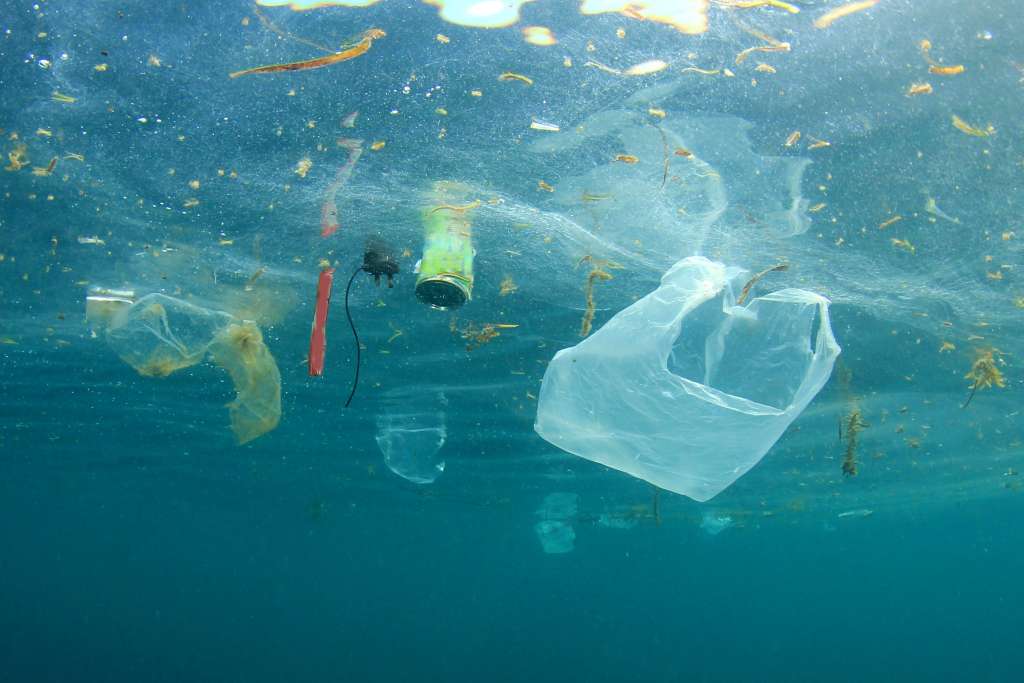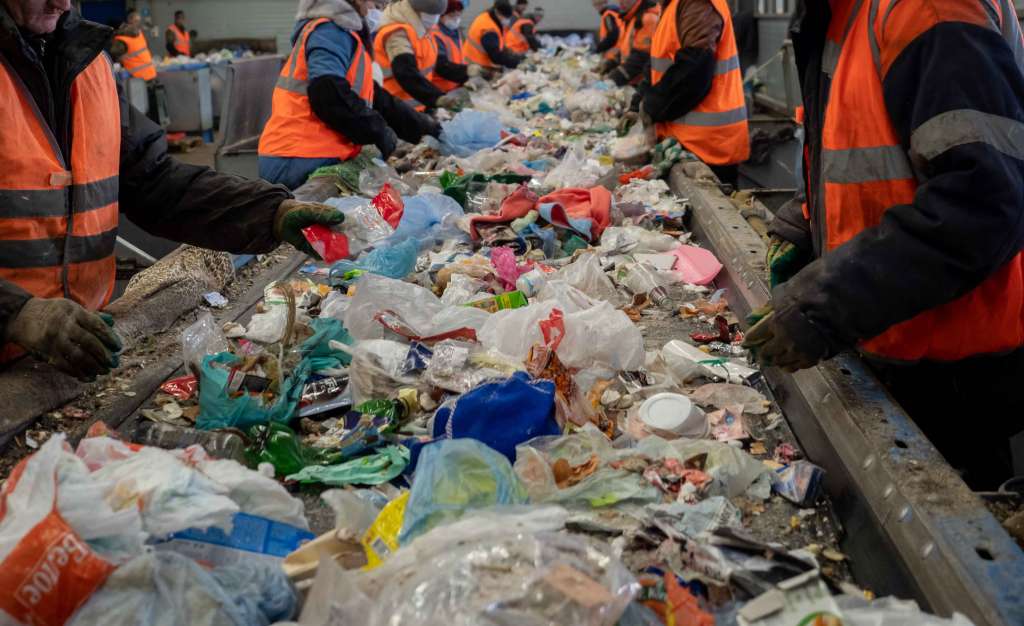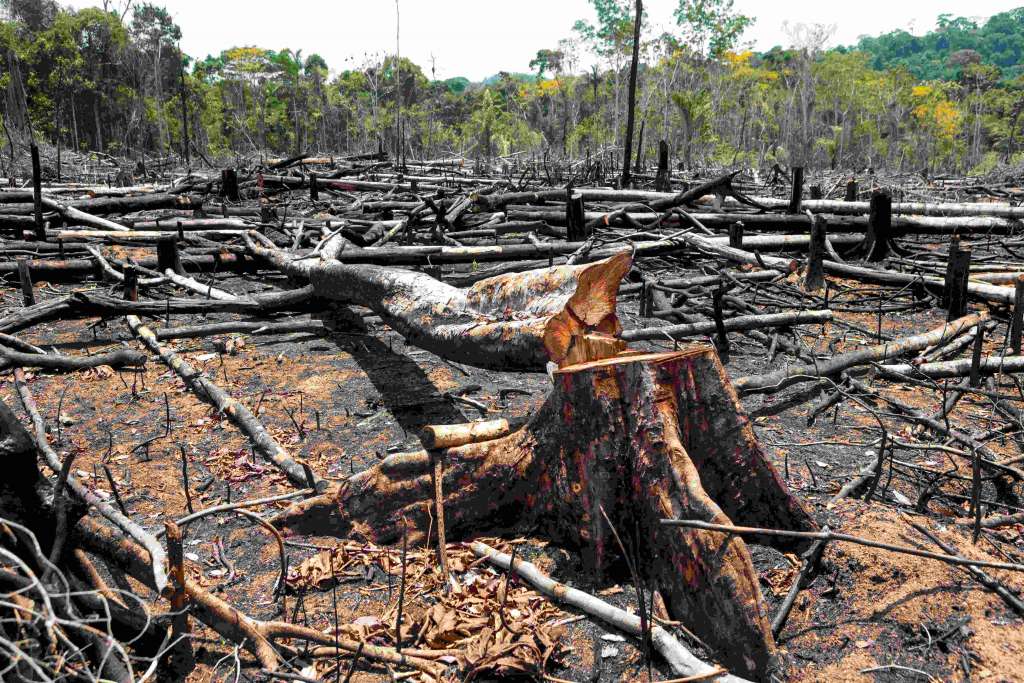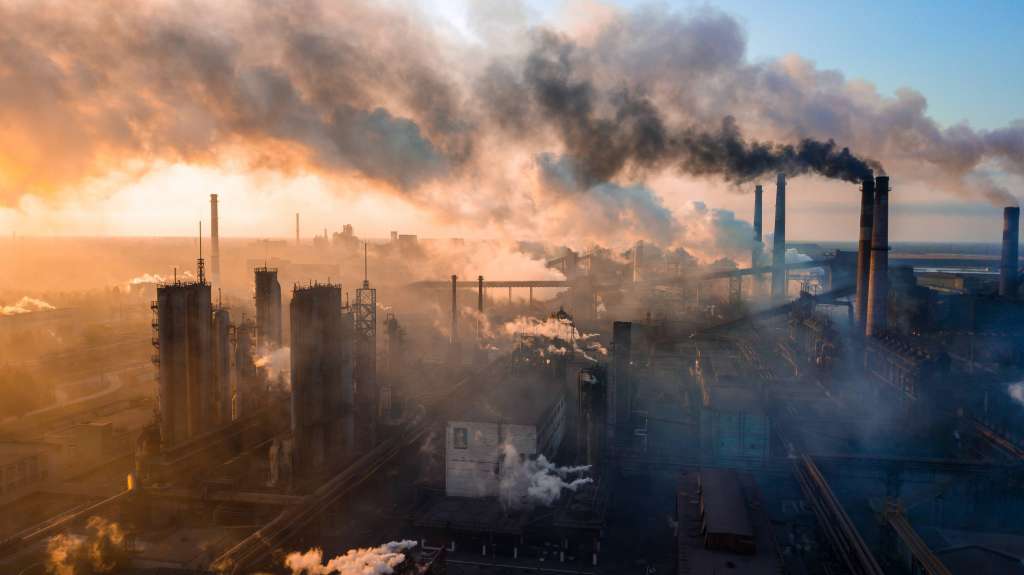Environmental Sustainability: Issues Fashion Brands Must Address



Summary: With climate change and increasing global warming, extreme industrialization has become the bane of human existence. Environmental sustainability is undermined in most industries worldwide, including fashion. Fashion brands must discuss practices that require reform.
The Environment and Us: Where We Stand
Today, environmental issues are spiraling out of control. In most cases, human activities are to blame for the current predicament. Deforestation, unsustainable farming, and the use of chemical fertilizers play a major role in the current situation. The fashion industry is also guilty of promoting unsustainable manufacturing practices.
Here's looking at some of the major nature sustainability issues that need our urgent attention.
Destructive Farming Practices

The rampant use of pesticides, chemical agents, and growth regulators in farming is a major concern. Restricting the use of chemicals and replacement with organic alternatives is critical for ensuring sustainability in the use of natural resources.
In the context of fashion, regenerative farming could be an interesting alternative. Given the extensive use of natural fibers in apparel, eco-conscious brands are moving toward regeneration over sustainability. This entails not only preserving soil quality but also replenishing the soil with nutrients to improve yield.
Climate Change
Climate change is one of the biggest challenges we face today. Public figures such as Greta Thunberg and Al Gore have voiced their concerns about the rise in atmospheric carbon dioxide levels. The fashion industry accounts for 8% to 10% of global carbon emissions each year. A report from Georgetown University stated the following: "Scientists predict that if the increase in greenhouse gas emissions continues unabated, temperatures will rise by as much as 10 degrees Fahrenheit by the end of this century."
Overuse of Natural Resources
Natural resources are vital for most economic activities. The rampant exploitation of these resources is worrisome because it affects disadvantaged populations more severely. A case in point is the textile industry, which uses almost 93 billion cubic meters of water every year.
Water Pollution

While oceans cover more than 70% of the Earth’s surface, only a small percentage of this water is potable. Besides water shortage, water pollution is a serious threat to water quality.
Among fashion industries, the denim industry is infamous for using large volumes of water.
A United Nations report says that over 80% of wastewater discharged into the environment is untreated. This degrades the quality of ground and surface water, making it hazardous.
Waste Production

Waste management is a key environmental issue facing us today. Refuse in water bodies, ocean waste, and electronic waste discarded without precaution are some common pollutants. Apart from the dangers of electronic waste, the inherent value of these discarded items is lost in garbage dumps. According to EPA reports, only a quarter of all e-waste is recycled.
The fashion industry has long been known to generate overwhelming amounts of waste. In 2017 alone, 13 million tons of textiles were discarded in the US. About 92 million tons of textile waste is generated worldwide each year. Upcycling and recycling fabric will soon be necessary for fashion brands to survive.
Deforestation

Data from NASA shows that almost a third of the planet’s landmass is covered by forests. Forests are vital as they:
- Prevent soil erosion
- Promote biodiversity
- Help sequester carbon dioxide from the atmosphere
- Protect against floods
Fashion contributes to a fair share of deforestation. More than the volume, the type of trees cut down for sourcing materials is a greater concern. Rayon and viscose are cellulosic materials derived from trees that are more than 120 years old. Also, the leather industry promotes cattle ranching, which has led to extensive and unlawful deforestation in the Amazon rainforest.
Ocean Water Acidification

Oceans absorb around a third of the planet’s carbon dioxide. Also, carbon emissions impact the quality of water, affecting the pH of ocean water. With its high carbon emissions, fashion is a major contributor to ocean acidification. The National Oceanic and Atmospheric Administration reported that in the last 200 years, the acidity of ocean water has increased by around 30%. This has led to coral reef bleaching worldwide.
Air Pollution

Over 90% of the global population breathes polluted air. Hazardous particulate matter can affect the cardiovascular and respiratory health of individuals. As a result, incidences of lung cancer, pulmonary diseases, and heart disease are on the rise. The major contributors are transportation, household fuel use, industry, and coal power plants. Fashion brands contribute to 10% of global carbon emissions each year.
Winding Up
For combatting climate change, time is key. The lack of prompt action could lead to a bleak future for our environment. To restrict climate change, the time to act is now.
Fashinza believes in ethical environmental practices and partners with suppliers who adhere to strict sustainable standards. If you are a fashion brand that wants to give back to the environment, Fashinza can help you partner with the best suppliers and designers. Talk to us to know more about Fashinza!



















